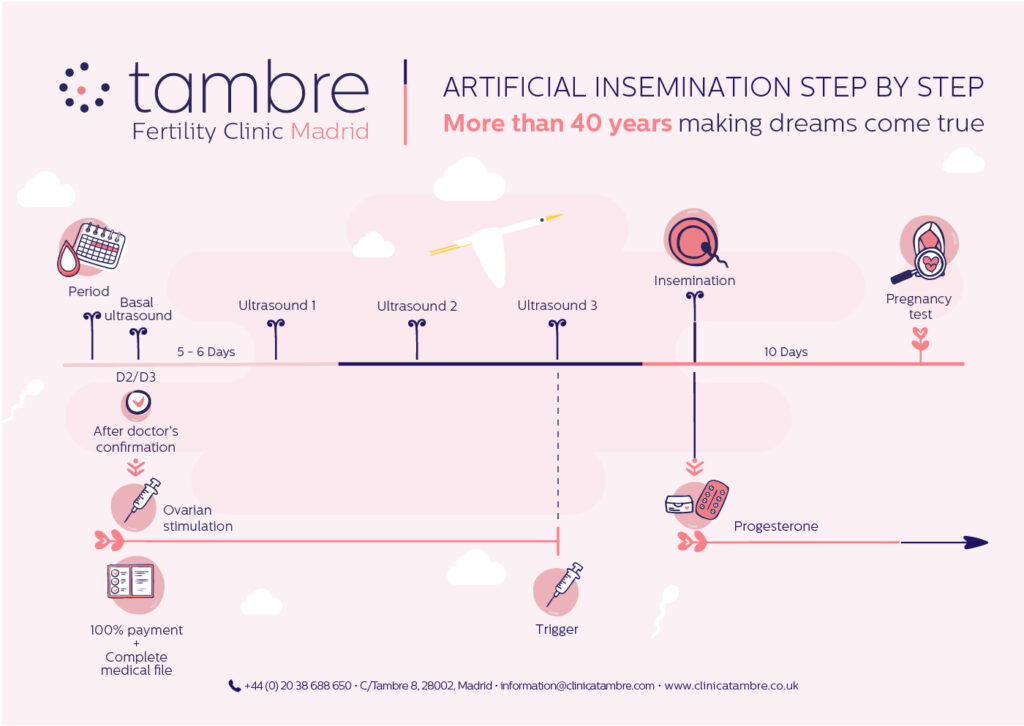Artificial insemination
Artificial insemination is the least invasive and painless fertility technique in which selected sperm are introduced into the woman’s uterus at the right time.
This technique requires lower hormone doses than IVF and can even dispense with medication for ovarian stimulation, carrying out an insemination in a natural cycle which reduces side effects and this is a completely physiological process which increases comfort during the procedure.
Would you like us to study your case?
What is artificial insemination?
Artificial insemination is an assisted reproduction technique that consists of implanting selected sperm into the uterus when ovulation occurs.
We find out the moment of ovulation, we select the best spermatozoa, and we shorten the distance the sperm must travel to reach the egg, thus increasing the chances of achieving pregnancy.
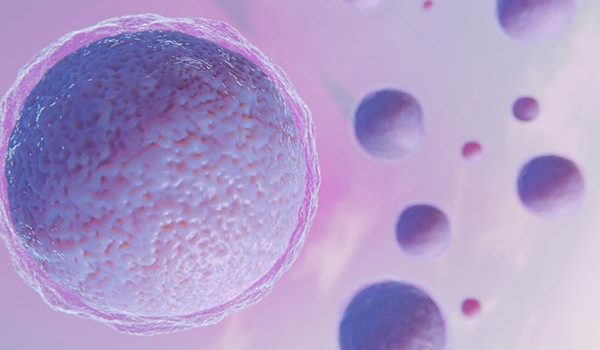
Fertilisation of the egg by the sperm takes place in the fallopian tubes, just as it does when pregnancy is achieved naturally.
Unlike in vitro fertilisation, artificial insemination does not require the prior removal of the woman’s eggs, which reduces medical interventions, hormone medication and cost.
Types of artificial insemination
This technique allows the introduction of the partner’s sperm, previously prepared and selected, directly into the uterus at the precise moment of ovulation.
This type of artificial insemination is suitable for:
- Young women with good ovarian reserve.
- Women who do not have a long history of infertility.
- Couples where the semen is of good quality.
- Couples with young women with alterations in the cervix or alterations in ovulation.
This technique allows sperm from a donor to be introduced directly into the uterus, at the moment of ovulation.
The sperm comes from an anonymous donor who has donated to our sperm bank that we have previously selected according to the physical characteristics and blood group of the male member of the couple. Selection can also be made based on genetic compatibility.
This type of artificial insemination is suitable for:
- Couples with young women with alterations in the cervix or alterations in ovulation.
- Young women with good ovarian reserve and who have a partner with poor sperm quality.
- Women who want to become single mothers.
- Couples with women who do not have a known infertility problem.
- Couples where the male partner has a disease that he does not want to transmit to the embryo.
In this type of artificial insemination, no drugs are used to stimulate the ovaries, rather we follow the patient’s natural cycle. Using ultrasound, we monitor the growth of the follicle inside which the egg develops.
When we detect that ovulation is about to occur, medication is administered to trigger ovulation in the next 36 hours. The insemination is then carried out.
This type of artificial insemination is suitable for:
● Very young patients with a good prognosis who do not have any problems in their ovaries where their ovulation works perfectly.
This is the most common method. Medication is administered to stimulate the ovaries and ensure that at least one follicle is produced, and even two or three. This improves the likelihood of success without increasing the risk of multiple pregnancy.
The treatment usually lasts 7-9 days. During this time, as in the natural cycle, the development of the follicles is monitored by ultrasound every two/three days. When we observe that ovulation is about to take place, medication is administered to trigger ovulation. 36 hours after the medication is the ideal time to perform insemination.
This type of artificial insemination is suitable for cases of:
- Female infertility due to anatomical or functional alterations in the cervix.
- Alterations in the ovulatory cycle (PCOS, anovulation).
- Inability to deposit semen in the vagina: retrograde ejaculation, vaginismus, premature ejaculation, sexual impotence.
Phases of artificial insemination treatment
On the 2nd or 3rd day after the start of the period, we carry out a vaginal ultrasound scan to count the number of antral follicles which enables us to personalise the treatment with gentle hormonal stimulation depending on the number of follicles counted in that cycle. During this stimulation process, the ovarian response is monitored by ultrasound.
When we follow a natural cycle, stimulation will not be necessary, but ultrasound scans will be carried out to check the growth of the dominant follicle that holds the egg.
When the ultrasound shows that one or two ovarian follicles have achieved optimal development, it is time to induce ovulation. This requires an injection of hCG hormone and artificial insemination is scheduled for 36 hours later.
Before insemination, the semen sample is prepared in our Andrology laboratory by selecting the motile spermatozoa without the seminal plasma.
At the moment of ovulation, using a simple process with a cannula, a semen sample is implanted in the uterus.
Progesterone, which facilitates the implantation of the embryo in the endometrium, is administered orally or vaginally.
A pregnancy test is performed 10 days after the transfer (beta wait).
Requirements for artificial insemination treatment
In order to perform an artificial insemination, certain conditions must be met if we want to have a chance of achieving pregnancy:
Optimal ovarian reserve
It is necessary to rule out the risk of possible infection (hepatitis B or C, HIV, syphilis, etc.) to ensure that there is no risk of infection to the partner or the future baby.
The patency of the woman’s fallopian tubes must be checked, as fertilisation takes place inside them. Various techniques, such as hysterosalpingography or hysterosonography, can be used to check whether they are functional.
Good sperm quality above 5 million motile spermatozoa after sperm capacitation is required.
The age of the woman is below 35 years.
The keys to success: accurate diagnosis and appropriate suitability for artificial insemination

Pregnancy Rate
The pregnancy rate after artificial insemination with partner sperm is 20%, which means that the cumulative probability over 3 cycles is 60% for inseminations with partner sperm and even higher for inseminations with donor sperm. Therefore, this technique offers good pregnancy results when performed in well-diagnosed and suitable cases.
Recommendations
In short, although artificial insemination is a much simpler method than IVF and has few side effects, it is not the right technique for all cases. It is only recommended for very specific infertility problems. At Tambre we carry out exhaustive studies to check that the minimum requirements for this type of treatment are met to determine whether artificial insemination is the most appropriate technique for you.
Personalisation
If the fertility study detects underlying fertility problems that hinder the success of artificial insemination, we will design other more effective and successful treatments, such as in vitro fertilisation (IVF).
Artificial insemination offers good pregnancy results
If you meet certain requirements.
Do you want to find out if artificial insemination is for you? Make your first appointment at Tambre now.
Specialists in Advanced Reproductive Medicine
We are pioneers in assisted reproduction in Spain and Europe.
45 years of medical excellence.
We design tailor-made treatments.
- State-of-the-art assisted reproduction laboratory.
- Our own andrology laboratory.
- RI Witness™ for the safety and traceability of gametes.
- GERI®: Embryo Incubator®.
- Fenomatch, we find the right egg donor and/or sperm donor and match them with you.
- Zymot-ICSI (Chip Fertile), selection of the best sperm before ICSI.
- You will have your own gynaecologist and nurse, except for emergencies, and the same medical team will follow your case in depth and attend you from the beginning to the end of the treatment.
- You will have a consultant from our Specialised Tambre Care team who will support you and answer any question you may have throughout the whole process.
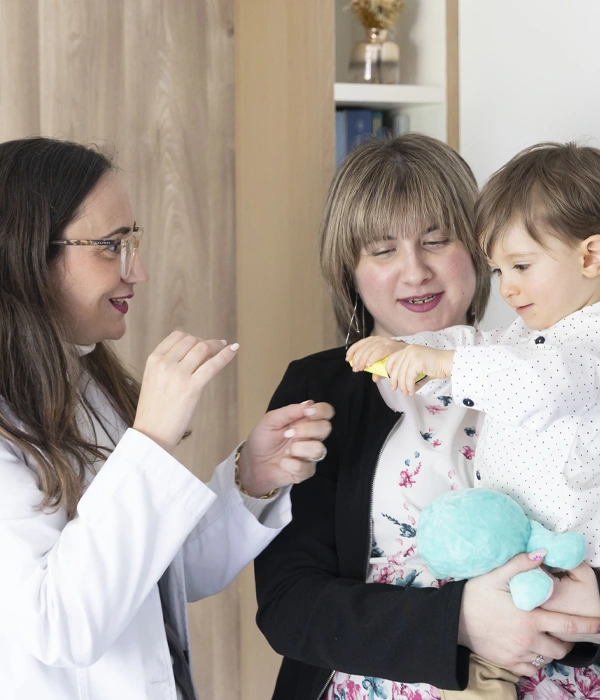
Dreams come true
Real stories like yours
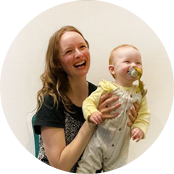
A Beautiful Journey of Hope: Victoria’s Experience at Tambre
With the right support and expertise, the journey to parenthood can indeed be wonderful. “We couldn’t have asked for more from Tambre”
Read more
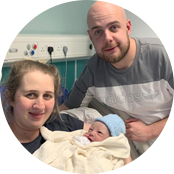
The happy ending to the story of Kirstie and Chris
“I accompanied Kirstie and Chris on that first visit to Madrid but they didn’t really need me as the Tambre team made them feel extremely welcome from day one so I felt very comfortable”
Read more

Our Most Travelled Patient and her Latest Destination, Tambre!
“We had huge expectations and I think they were met. I think it was a really lovely experience from start to finish,” Nicola acknowledges.
Read more
We stay with you
Shall we call you?






